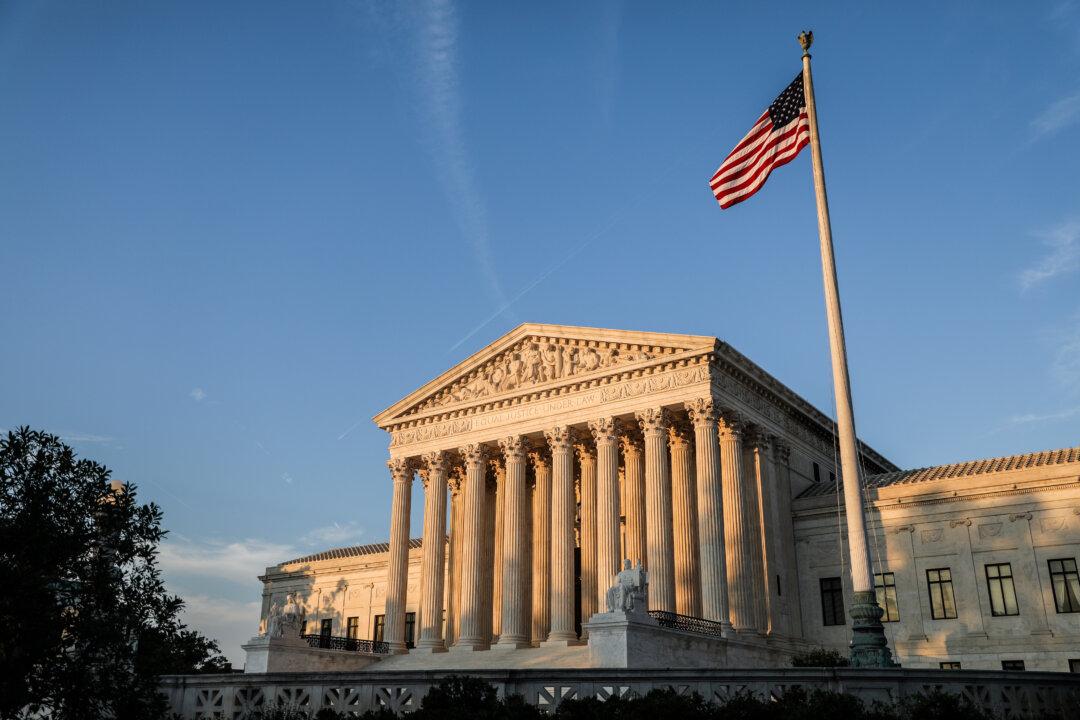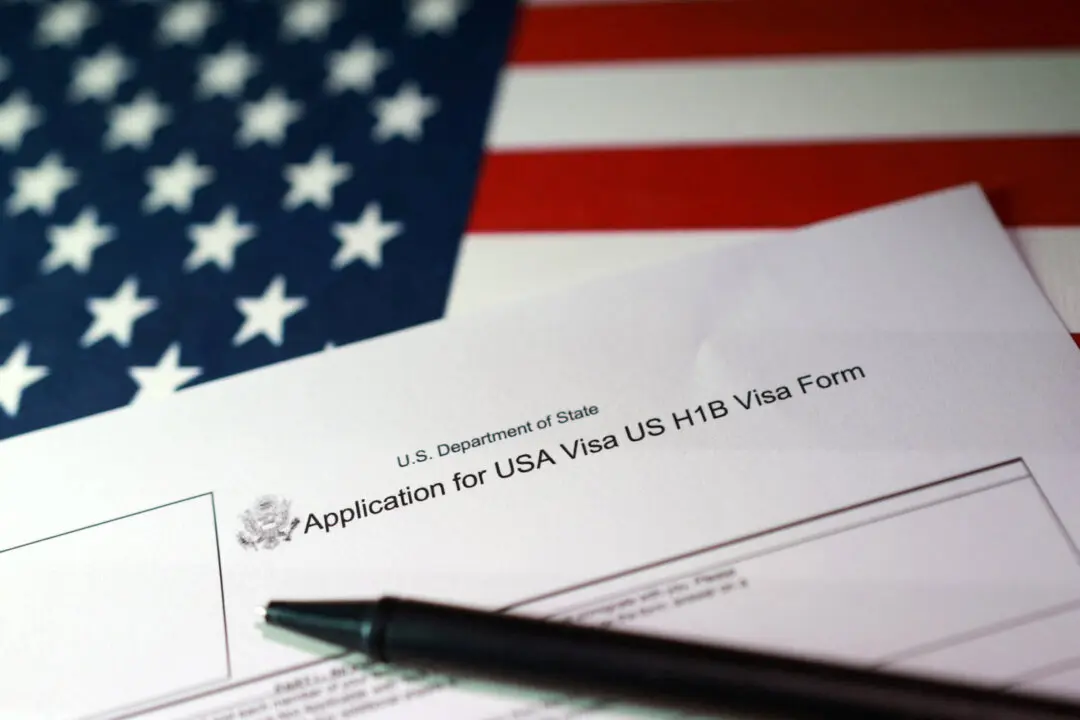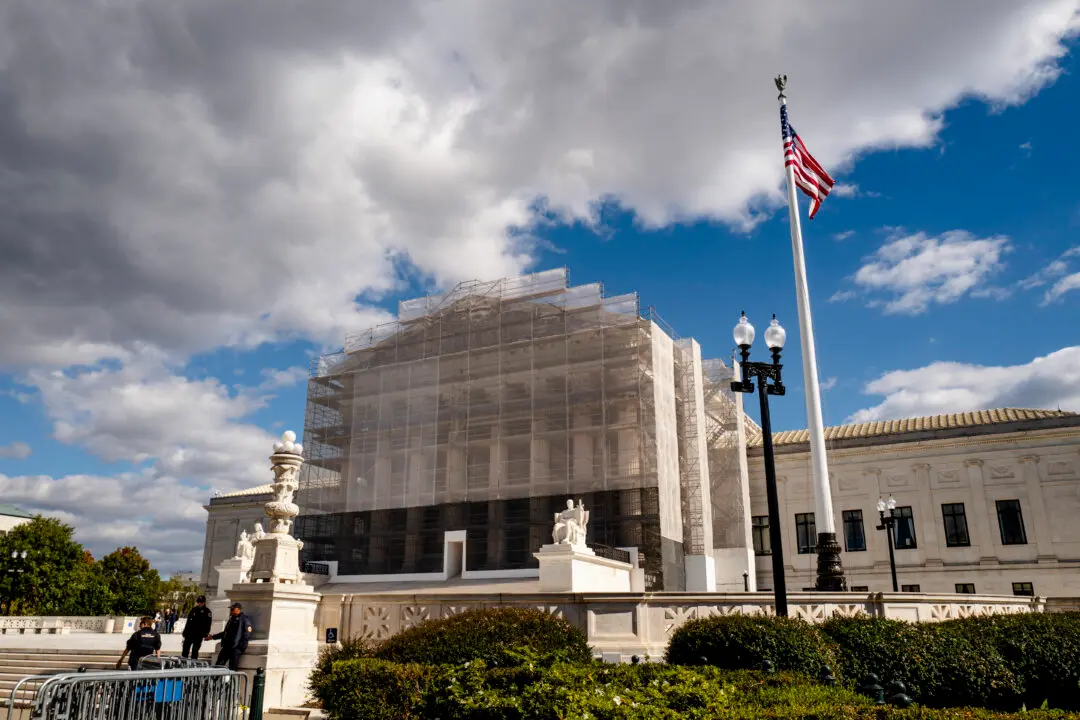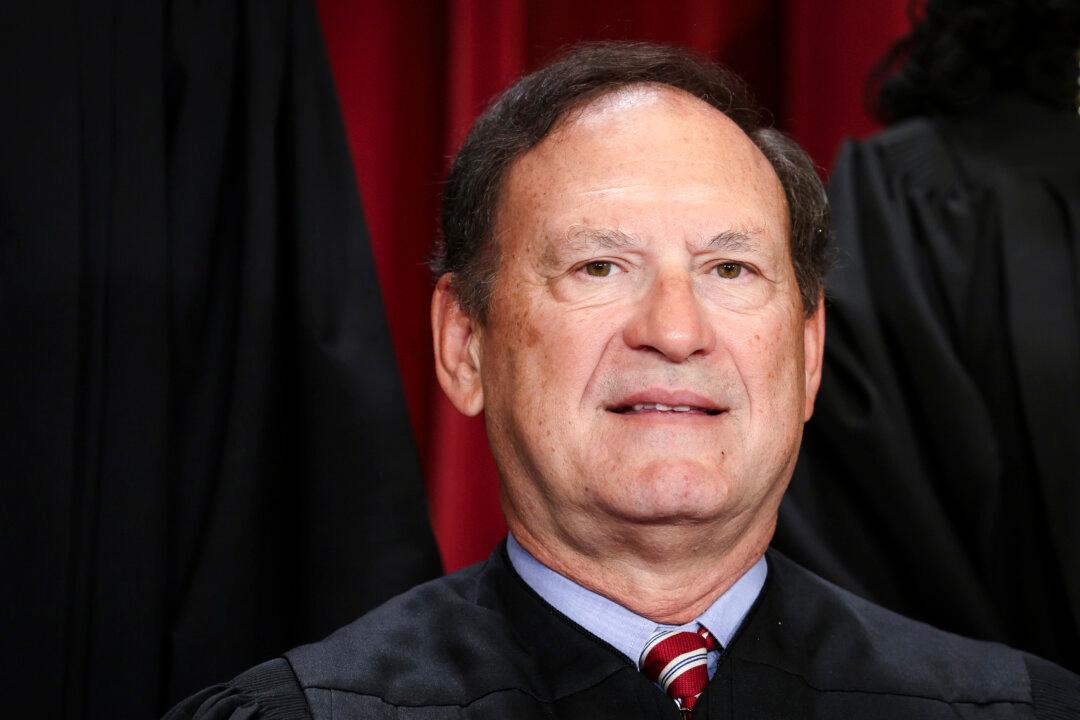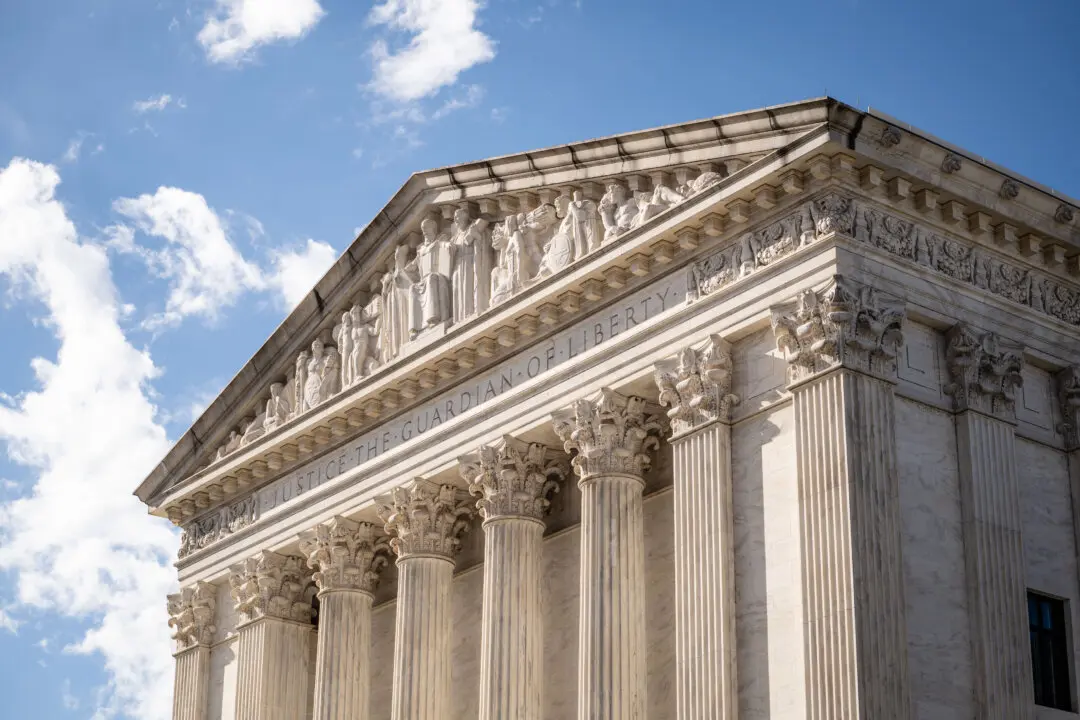WASHINGTON—The Supreme Court’s decision Feb. 19 to hear a water pollution case from Hawaii could signal that the court is considering reversing new powers to regulate pollution granted in a recent decision, and reining in some of the regulatory stances of the Obama-era Environmental Protection Agency.
Maui County has appealing a novel Feb. 1, 2018, interpretation of the Clean Water Act by the 9th Circuit Court of Appeals that gave the EPA sweeping new powers to regulate pollution that travels through groundwater.
